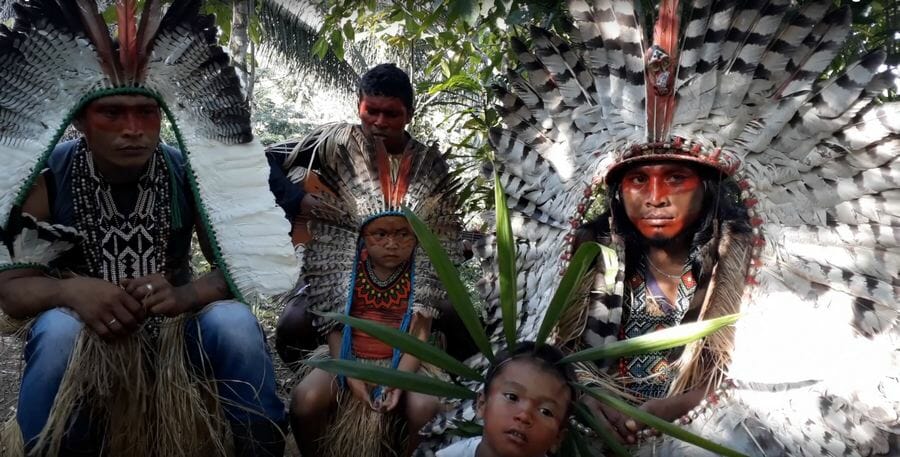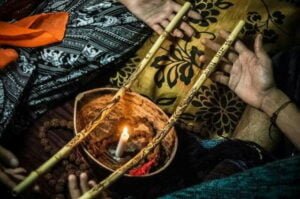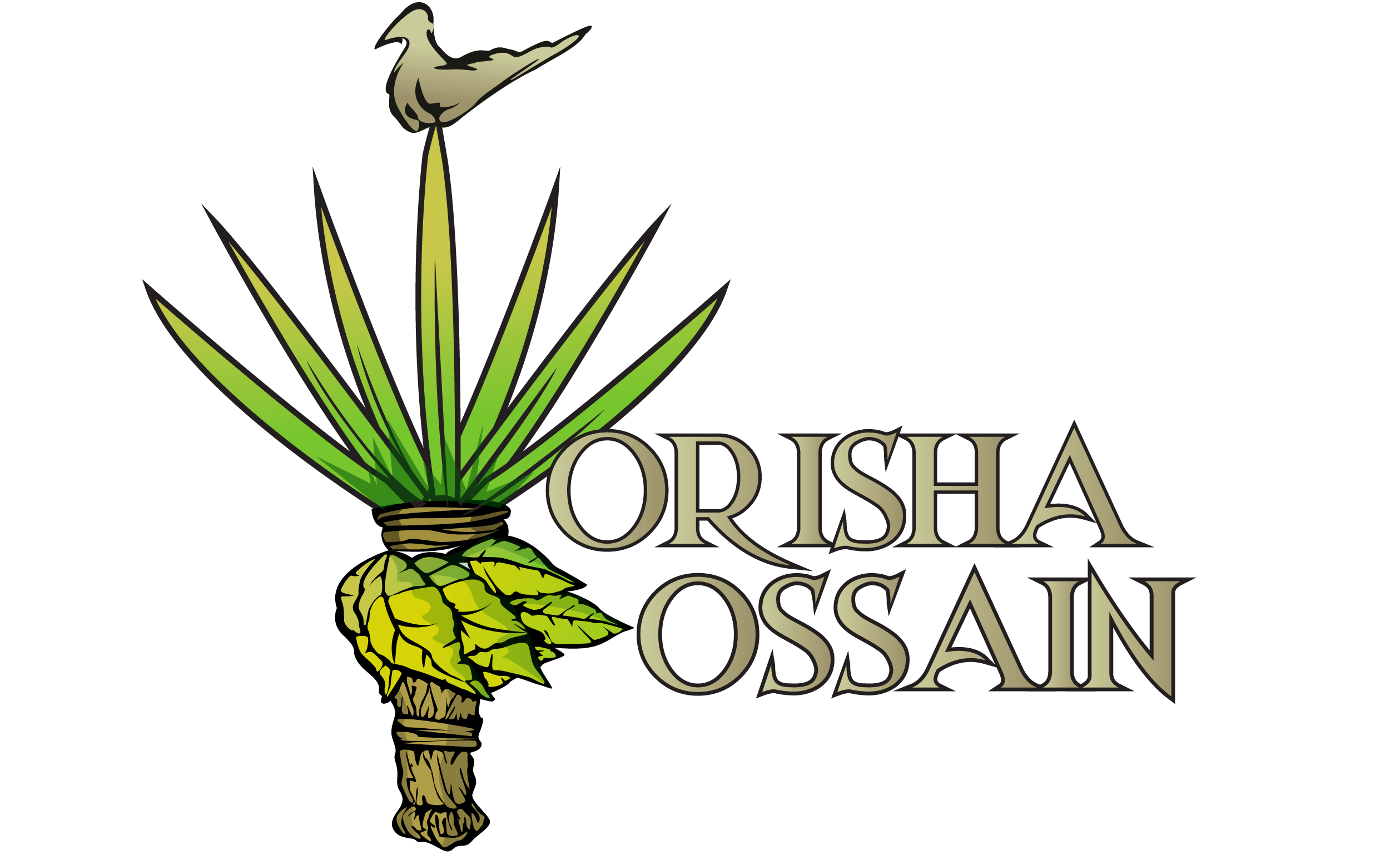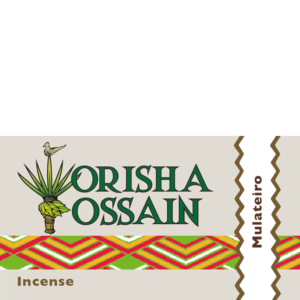Rapé Canela de Velho
From: $19.73
This is a new fresh batch of rapé Canela de Velho. The small tribe of Shanenawa Indians from the region of Feijo produced it. Canela de Velho is a snuff for the more experienced as it accesses the deeper layers of our being.
Rapé Canela de Velho
This is a new fresh batch of rapé Canela de Velho. The small tribe of Shanenawa Indians from the region of Feijo produced it. Canela de Velho is a snuff for the more experienced as it accesses the deeper layers of our being.
It acts on three centers mental emotional and physical bringing grounding energy from the head down to the root. It is great for the root, solar plexus, and sacral chakras.
Medicinal Values
Miconia albicans is a shrub species of the Melastomataceae family, which is native to North and South America. Canela de Velho has been a sacred remedy for a wide variety of chronic pains in the knees, spine, and joints for centuries. It is a wonderful sacred plant.
The History of the Shanenawa
The Shanenawa are a tribe who live in Acre in Brazil in Feijo. They speak Portuguese but the older people and the children tend to speak in their own language Shanenawa. Shane means bluebird and Nawa means foreign people.
They are an ethnic group that lived the same story as many others in Acre due to the rapid occupation of the Amazon due to the extraction and exploitation of rubber. Providing manpower and supplies to the rubber tappers in the region.
” We are the people Shanenawa which means ‘people of the bluebird’. It’s a beautiful bird that flourished and is now endangered. It is for his rarity that we are also rare; That’s why there is only Shanenawa tribe in Acre and there isn’t another one in another place in Brazil.”
In addition, according to the stories told by the Indians, the Shanenawa “fled” from their region of origin, the river Gregory, because of conflicts with the Yawanawa people, which caused them to migrate to the region of the river Envira and to assume the identity of the Katukina in order to “camouflage” themselves and not displease with the Yawanawa once again.
But over the years, the Shanenawa have been reaffirming their original identity. Spread around the outskirts of the municipality of Feijó the Shanenawa have established nine communities. This is the only region where this ethnic group lives in Brazil. Being very close to the city, it suffers the impacts of the influence of non-Indians.

Tepi and Kuripe
Have a look at the collection of Tepi and Kuripe. Various styles from different artists are available.  Tepis receiving blessings from their creators
Tepis receiving blessings from their creators
Handling & Sorting
I sieve this Rapé Canela de Velho and all other snuff coming from my shop through a 120-micron high-grade stainless steel mesh. I also store the Rapé stock dry and in vacuum containers to prolong freshness and quality.
This results in.
- an extremely fine powder.
- a guaranteed consistent fineness
- optimal absorption of the snuff





